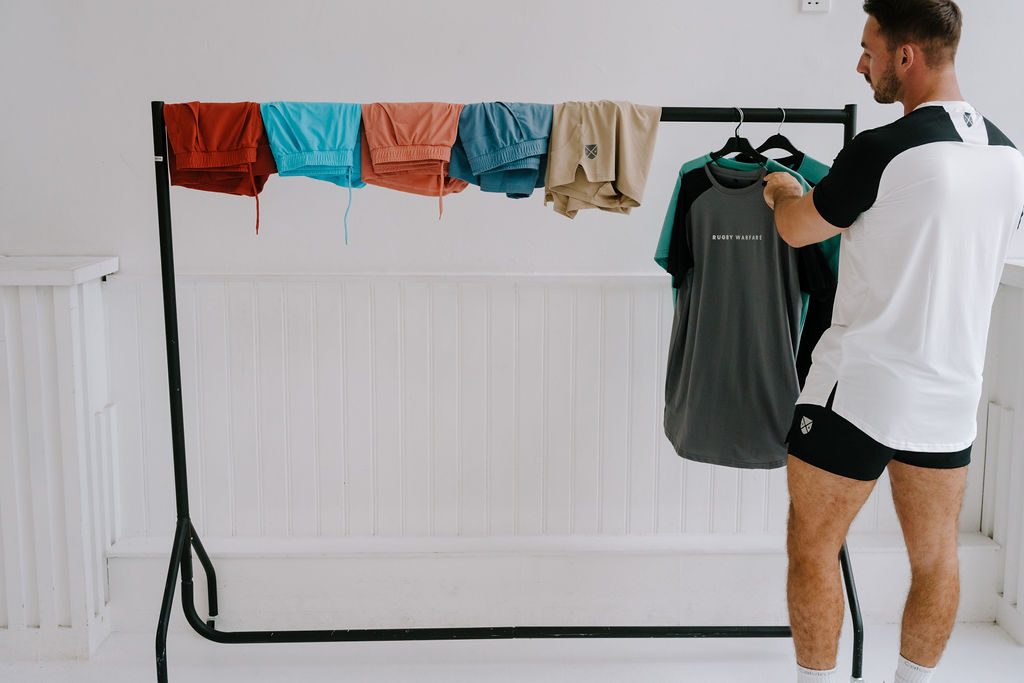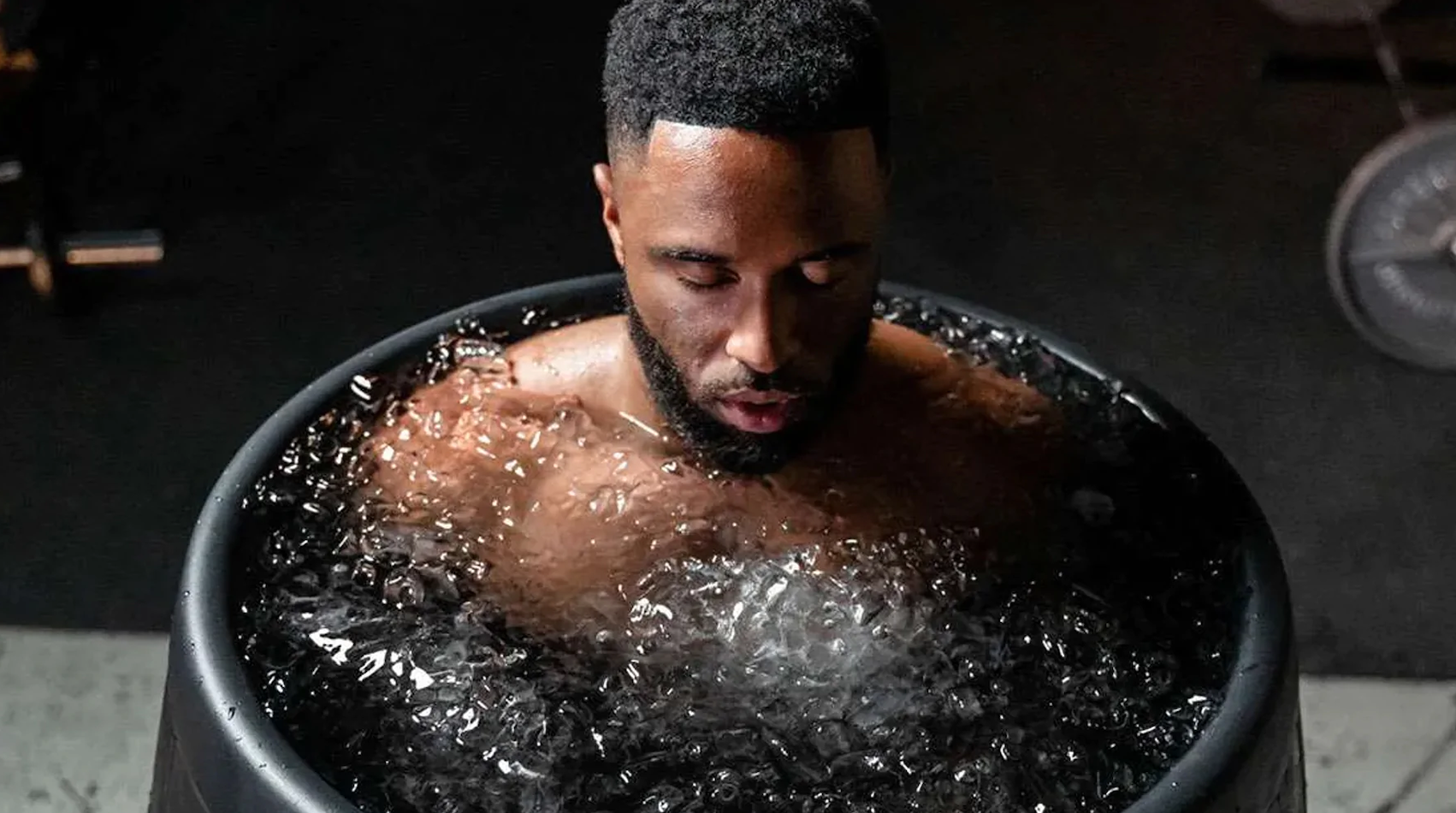Rugby union is a high contact, team sport involving periods of intermittent submaximal activity interspersed with short high-intensity bouts. In addition, during competitive matches players are repeatedly exposed to forceful collisions associated with tackling. The combination of high-intensity activity and repeated blunt force trauma have been linked to substantial muscle damage.
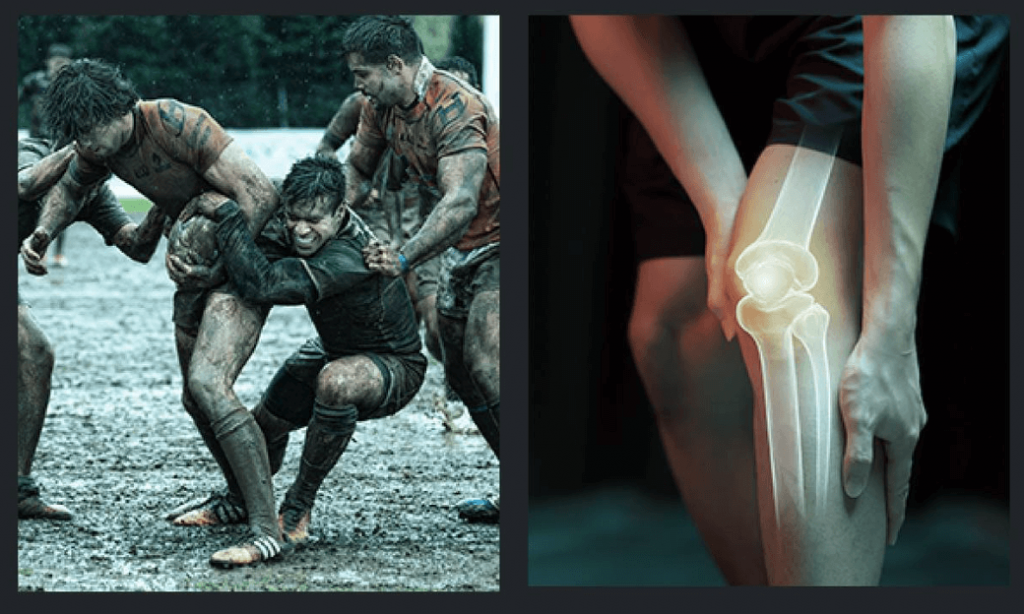
The impact of muscle damage on performance has therefore been suggested to impact recovery. Recovery is further compounded by the added weekly habitual training activity, which usually commences after 48 hours of rest in preparation for the next match. As such, the short rest times between competition and training may not provide the players with sufficient time to fully recover.

Optimal recovery modalities include the use of compression garments, antioxidant supplementation, massage and more recently cold water immersion (CWI). Recently there has been an increase in the popularity of CWI, and it has become a regular component of post-game and training recovery. CWI is commonly undertaken following high-intensity activity to promote recovery and diminish muscle soreness to aid the 48-hour return to training.
PURPOSE OF THE STUDY
No research has examined the effects of a multiple cold water immersion protocol following a simulated rugby match during recovery periods exceeding 24 hours and whether this would aid the return to training as indicated by reductions in indices of muscle damage or a return to normalised indices of strength and performance measures, thus allowing coaches to monitor players readiness to train more accurately.
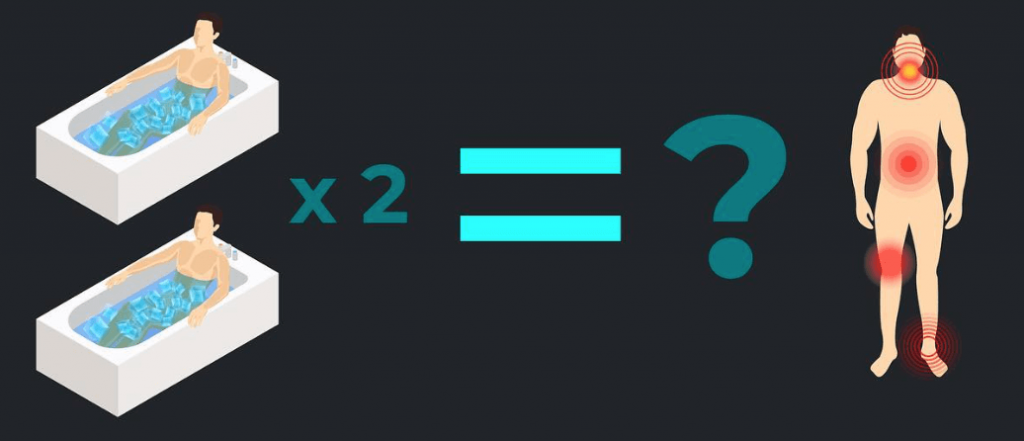
Therefore, the aim of the study was to investigate the effects of multiple short periods of CWI (cold water immersion) on recovery following a simulated rugby match.
EXPERIMENT
Sixteen (16) club level, male rugby union players volunteered to participate in the investigation. All participants were informed of the risks and benefits of taking part in the study prior to completing a health screening questionnaire and giving written informed consent in order to participate. Any subjects with a history of musculoskeletal injury, inflammatory disorders or any other illness were excluded from taking part.
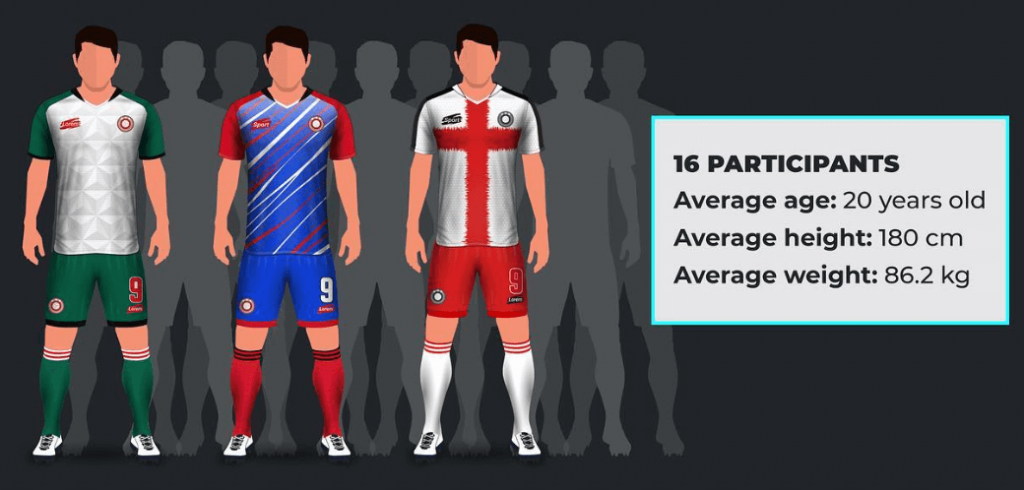
Using a between-groups study design, participants were matched for body mass and randomly assigned to either a cold water immersion group (CWI) or a control group, (CON) (8 subjects each group) prior to undertaking a simulated rugby protocol. Subjects were asked to refrain from any training, activity or recovery strategies such as therapeutic treatments for the duration of testing.
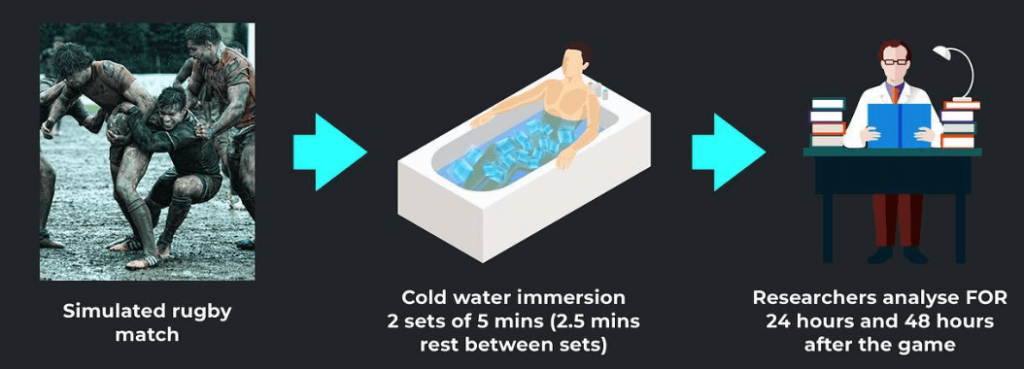
Following the simulated rugby match, the CWI group underwent 2 x 5 min immersions at a temperature of 10°C separated by 2.5 min seated at room temperature, whilst the CON group remained seated for 15 min. Creatine kinase (CK), perceived muscle soreness, countermovement jump (CMJ) and maximal voluntary isometric contraction (MVIC) of the knee extensors were measured pre-exercise, post-exercise, 24 hours and 48 hours following exercise.
RESULTS
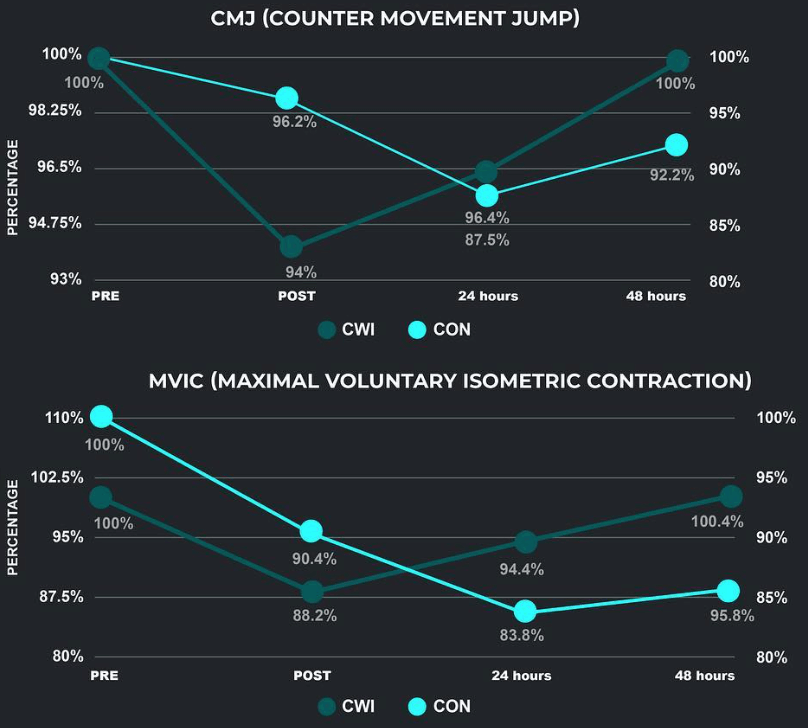
Large effect sizes were observed for CMJ at all time points. CMJ performance was greater for the group who took cold water immersion after 24 & 48 hours of the game. At 24 and 48 hours post game for MVIC, with improved recovery of muscle function observed in the CWI group compared to the CON (control) group.
MVIC is a standardised method for the measurement of muscle strength in patients. Maximal voluntary isometric contraction (MVIC), and counter movement jump (CMJ) performance were expressed as a percentage change from baseline. Maximal voluntary isometric contraction (MVIC) was decreased immediately post-exercise in both groups but MVIC had greater recovery rate on subjects who took cold water immersion.
Large effect sizes were observed for muscle soreness at 24 and 48 hours post-exercise with lower soreness values observed in the cold water immersion (CWI) group.
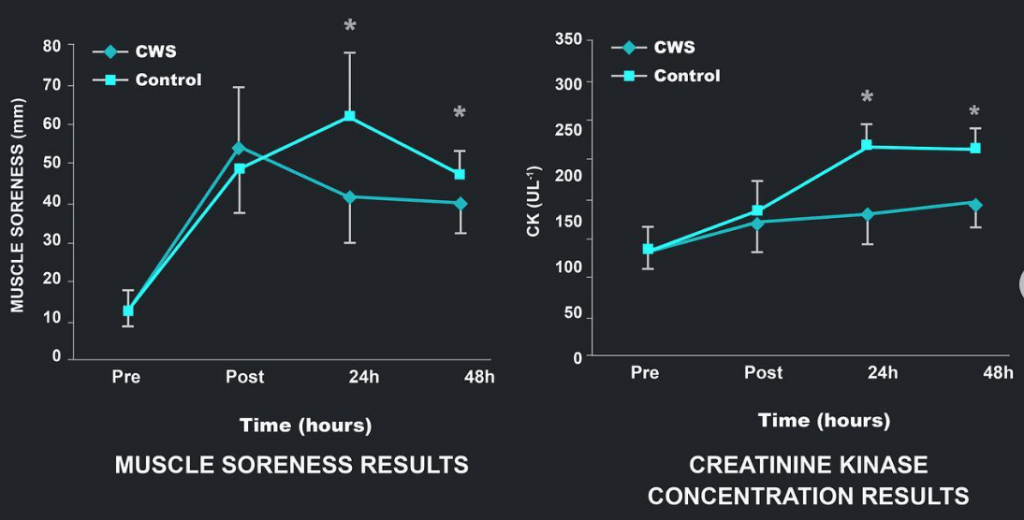
Lastly, a moderate effect size was observed for creatine kinase immediately post-exercise followed by large effect sizes at 24 and 48 hours post-exercise, with creatine kinase concentration blunted more in the CWI group compared to the CON group. A creatine kinase (CK) test may be used to detect inflammation of muscles.
CONCLUSION
Overall, the data of the study provides some support for the use of cold water immersion to enhance recovery from EIMD (exercise-induced muscle damage) following a simulated rugby union match. The findings of this investigation lend support to the use of repeated cold water immersion on recovery following rugby union.

The cold water immersion protocol was beneficial in reducing the increases in muscle soreness and serum concentrations of creatine kinase / muscle inflammation indicator and facilitated the recovery of muscle function over 48 hours compared to a control group.
However, it is likely that the effects of cold water immersion are influenced by the degree of muscle damage and muscle temperature achieved the following CWI, therefore more research is required to clarify any potential interactions. This will aid in the prescriptive guidance of cold water immersion for best practice in sport.
REFERENCES
Barber, S., Pattison, J., Brown, F., & Hill, J. (2020). Efficacy of Repeated Cold Water Immersion on Recovery After a Simulated Rugby Union Protocol. Journal of strength and conditioning research, 34(12), 3523–3529. https://doi.org/10.1519/JSC.0000000000002239
P.S You can buy any 3 items from our new range for £50 (saving you £25), We ship globally too.
Use code “3for50” to apply the discount.
